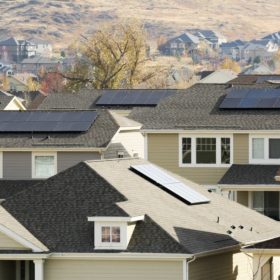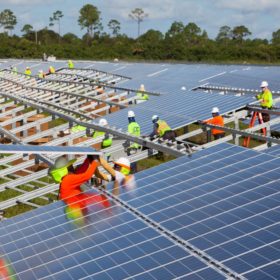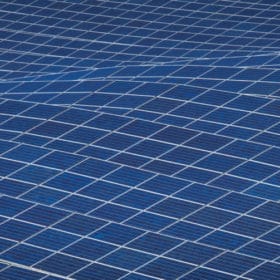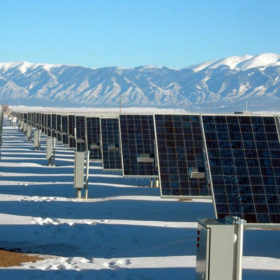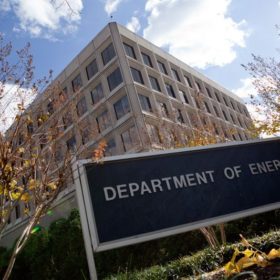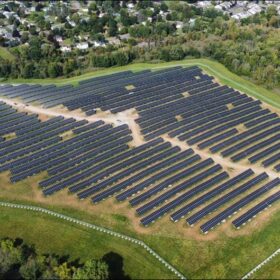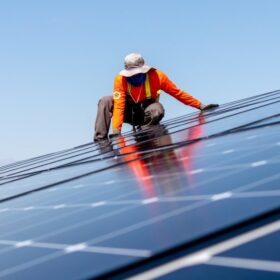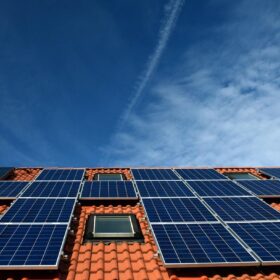Who is working against distributed solar: Strategies for defense
A new report explores who is behind efforts to curb distributed energy and solar deployment. In this part, we look at policy and regulatory recommendations highlighted by the authors as a playbook to fight against anti-solar efforts, and how parties can curb campaigns before they begin.
Solar PV window coating firm wins $3 million grant to scale operations
NEXT Energy Technologies won the grant from the California Energy Commission for its PV window coating.
Sunrise brief: Solar deployment needs to accelerate by 3-4x: Biden administration
Also on the rise: Solar imports are being detained by border agents, First Solar breaks ground in its 3.3GW Ohio plant, and partners turn to blockchain to help expand module recycling efforts.
China made 14 GW of solar modules in June – and more than 80 GW in six months
The nation produced 57% more solar cells in the first half of this year than in the same period a year earlier.
Partners turn to blockchain to expand solar module recycling
The technology is being developed in Japan and should be able to inspect solar modules to provide data on traceability and components used.
Solar deployment will need to accelerate 3-4x to reach decarbonization goals, DOE says
Large-scale decarbonization of the electricity sector could move solar from 3% of generation today to over 40% by 2035.
First Solar breaks ground on 3.3 GWdc production facility
The new facility in Ohio is scheduled to start operations in the first half of 2023 and represents a $680 million investment.
Perovskite-silicon tandems could rapidly scale solar
Halide perovskites combined with conventional silicon could help solar break the 26% efficiency barrier, disrupting the technology without disrupting business systems.
Solar modules are being detained by customs agents, reports suggest
An order issued in late June instructed customs agents to detain solar shipments containing silica-based products sourced from a Chinese firm and its subsidiaries. Three solar players may already have been impacted.
Former Rockefeller subsidiary acquires 270 MW solar project
The move represents one of the first steps in the company’s transition away from its fossil fuel history and towards embracing renewable generation.
